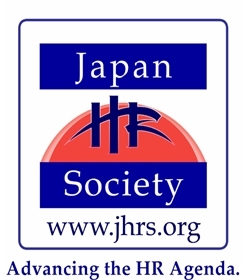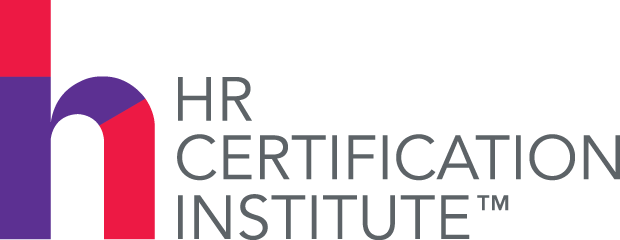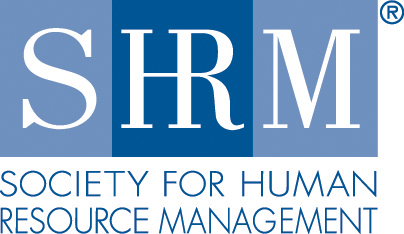In today's highly competitive market, if you do not appreciate your employees, they will leave. Employee recognition is one of the most powerful tools for retaining talent and engaging employees. In this new research report, Aberdeen Group reveals that 95% of organizations stated that employee recognition will improve overall employee engagement; however, only 17% of organizations actually have standardized recognition in place. Although the correlation between employee recognition and organizational performance may seem obvious, organizations still struggle when designing and implementing a program. This new research report will help to shed light on the pressures, actions and technology enablers impacting employee engagement.
Download this report from The JHRS Knowledgebase under the "Talent & Workforce Management" sub-folder. (Requires Professional Level access.)





